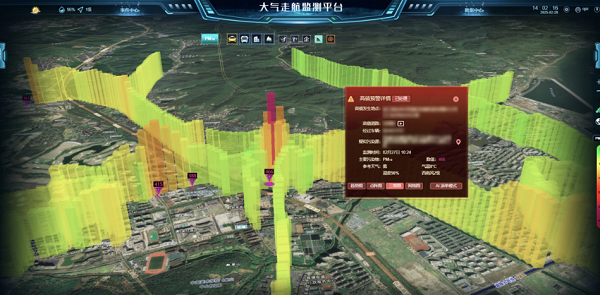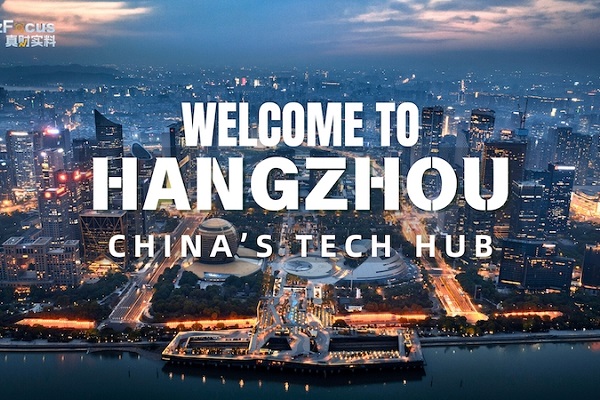Hangzhou fights dust pollution with cutting edge AI

The user interface of the AI-powered air quality monitoring and control system. [Photo/hangzhou.com.cn]
Hangzhou is leveraging AI technology to tackle dust pollution, enhancing urban air quality through digital governance, local media outlets reported.
The city has developed an AI-powered monitoring and control system that integrates mobile detection, AI analysis and targeted response, significantly improving pollution management efficiency.
According to the Hangzhou ecology and environment bureau, the system divides the city into 48,000 micro-grid units (300m × 300m each), allowing for precise air quality monitoring. Using a citywide mobile air monitoring model, AI processes over 500,000 data points per hour, increasing the speed of pollution source identification by over 300 percent.
The system employs multi-source data fusion and AI-driven verification to detect high-dust areas in real time. So far, it has flagged over 4,000 high-dust incidents, achieving 95-percent accuracy in early warnings and an 80-percent success rate in source tracing.
For example, in February 2024, the system detected a PM10 concentration spike on a city road – 3.5 times the urban average, with peak values exceeding 700 micrograms per cubic meter. AI analysis pinpointed a nearby construction waste site as the source. The Eco-Smart Guard platform immediately alerted local authorities, who responded within 30 minutes to implement dust control measures, leading to a significant PM10 reduction within the hour.
By integrating AI with electric buses and taxis equipped with mobile monitoring devices, Hangzhou has achieved second-level warnings, minute-level responses, and hour-level resolutions for dust pollution. As a result, in 2024, the city's average PM10 concentration dropped by 6.7 percent year-on-year to 47.1 μg/m3 - a major step toward a cleaner, smarter Hangzhou.

The user interface of the AI-powered air quality monitoring and control system. [Photo/hangzhou.com.cn]
-
Xixi Wetland invites visitors to Huazhao Festival
March 25, 2025
-
Hangzhou sets standard for concert hosting
March 19, 2025
-
What is making Hangzhou the new tech powerhouse of China?
March 10, 2025
-
Inside Hangzhou: China's high-tech dream factory
March 12, 2025



